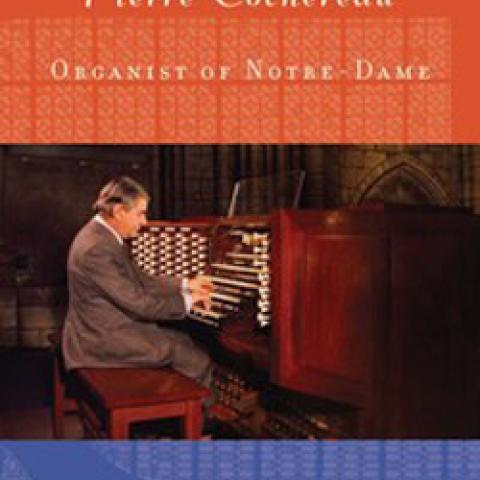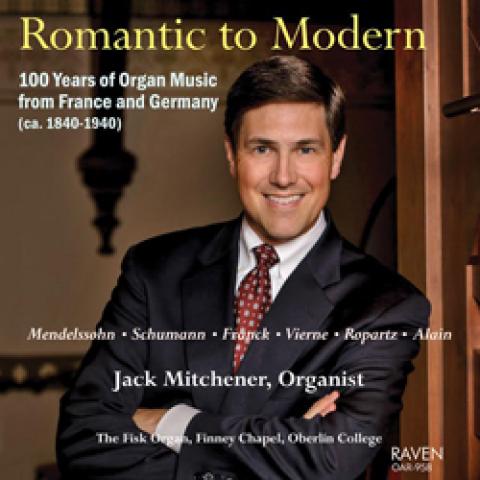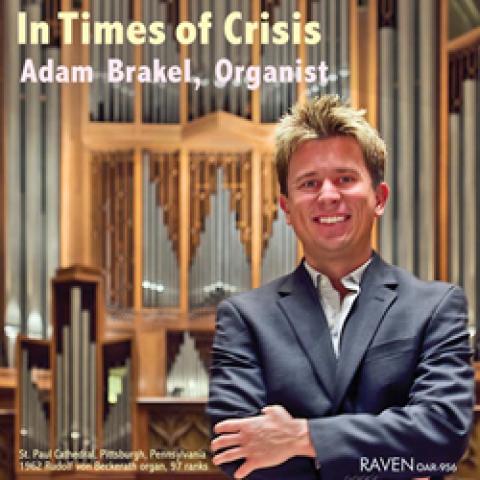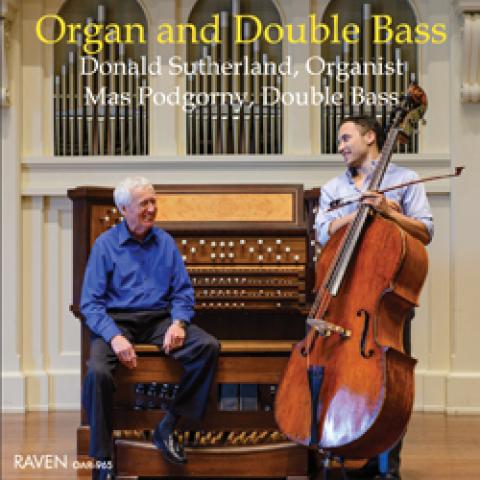
Anthony Hammond, author of Pierre Cochereau: Organist of Notre-Dame (Eastman Studies in Music, University of Rochester Press, 2012), has recorded a two-CD set, French Organ Masterworks and Improvisations (Raven OAR-961) at Coventry Cathedral in England.
He plays César Franck’s Three Chorals and Charles-Marie Widor’s Symphony No. 5 on the four-manual, 92-rank organ built by Harrison & Harrison in 1962 for the new Coventry Cathedral edifice, the earlier cathedral and its organ having been destroyed in World War II. On the second disc, Hammond improvises a five-movement symphony in homage to Widor, a choral in homage to Franck, a prelude on the Coventry Carol, and on Figures at a Crucifixion: Three Studies after a Work by Francis Bacon.
Anthony Hammond is director of music at Cirencester Parish Church, having earlier held posts at Chester Cathedral, St. Mary Redcliffe Church in Bristol, and Bristol Cathedral. A graduate of the University of Bristol from which he holds a Ph.D. in musicology, he studied organ with Roger Fisher and David Briggs in England and with Naji Hakim in Paris.
Hammond transcribed and published two of Pierre Cochereau’s famous improvisations: a symphony realized in 1972 at St. Mary Cathedral, San Francisco, and Scherzo sur deux Noëls realized in 1959 at Notre Dame Cathedral, Paris (both published by Dr. J. Butz Musikverlag, Bonn).
Hammond’s first recording for the Raven label follows several earlier CDs, most for the Priory label. He has performed in the United States at St. Mary Cathedral, San Francisco, at Washington National Cathedral, and at Holy Cross Cathedral, Boston. For information: RavenCD.com.







